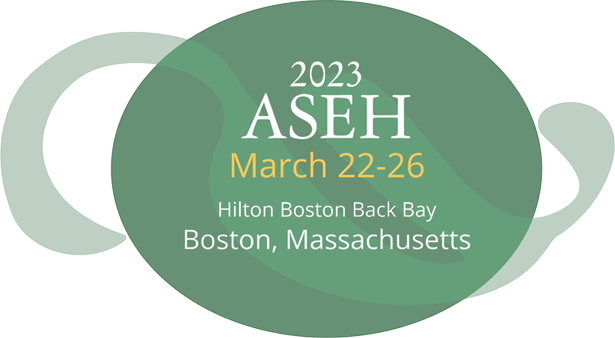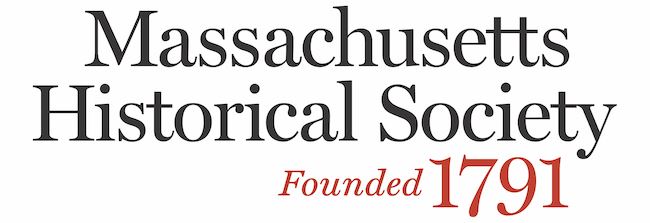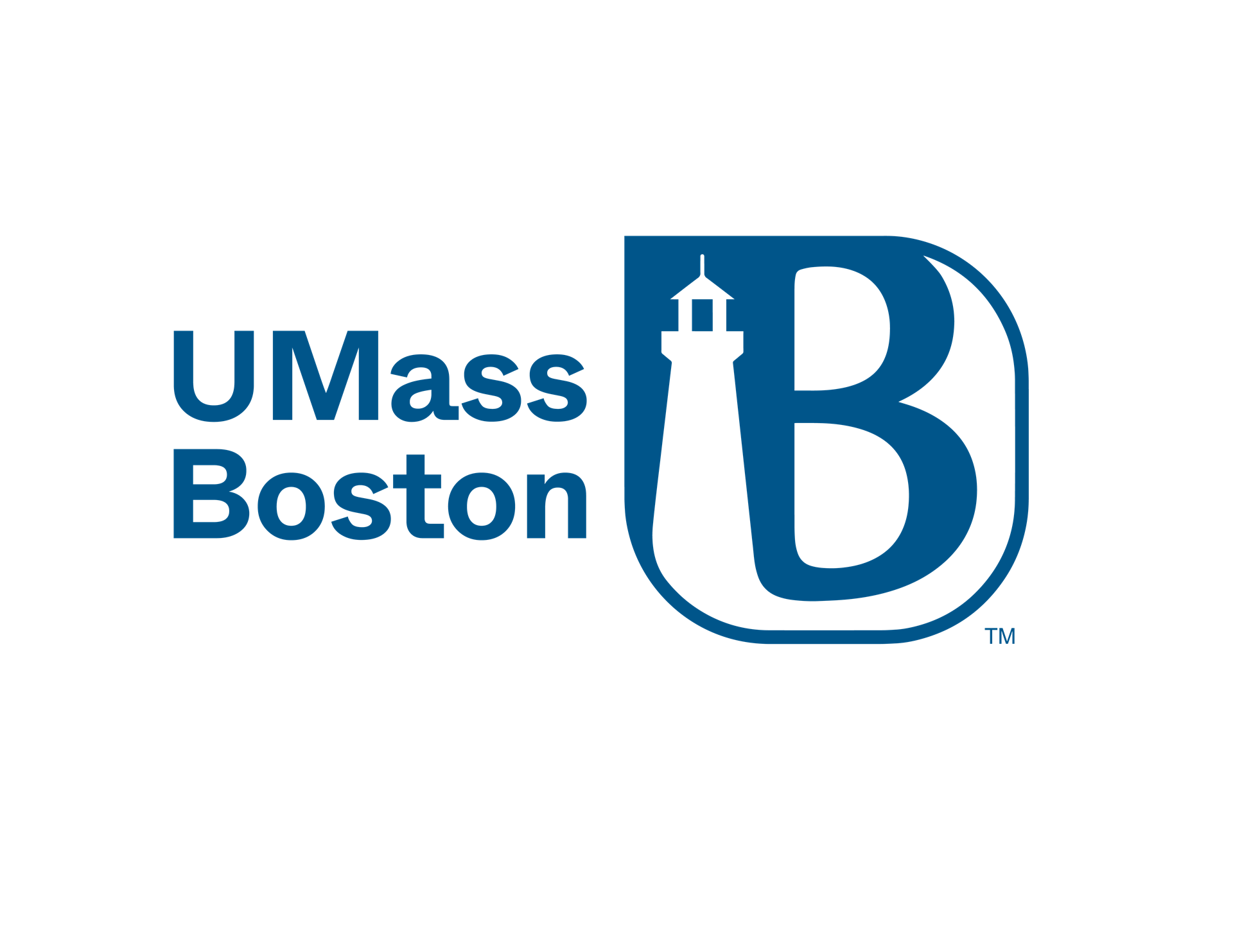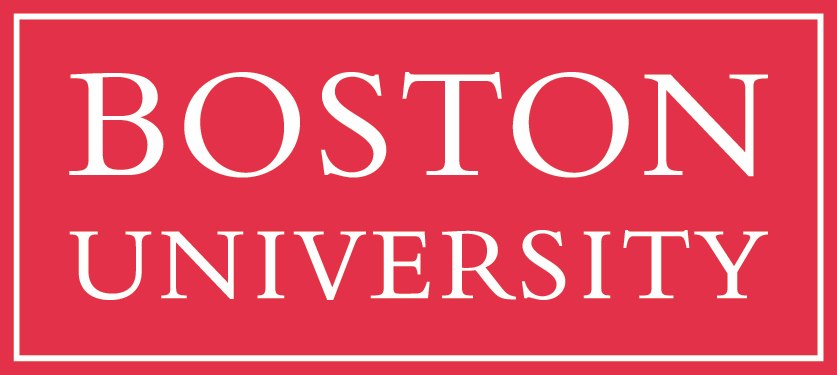General Presentation Tips Each of our sessions is 90 minutes, and we would like to have at least 30 minutes for questions. So presentations should be no more than 15 minutes with four panelists, and 20 minutes with three panelists. Please adjust accordingly if there is a commentator. For some more general tips on how to give an excellent conference paper and/or be a great chair and moderator, refer to this guide from the American Historical Association. | Information for Session Chairs Your role as chair is to keep the session running smoothly, which involves introducing the speakers, enforcing time limits, and running the question / discussion period. Before the conference: Bios: Please ensure that you have a short bio for each of the speakers. These should ideally be supplied by the individual presenters and should all be approximately the same length (e.g. 75-100 words). If you find yourself writing a bio from a department website or CV, please run it by the speaker before using it to introduce them. Recorded presentations: If your panel involves a pre-recorded presentation, please ensure that you have the presentation recording in advance of your session and that it will play. At the conference: Enforcing time limits: We recommend signaling when presenters have five minutes remaining and one minute. To encourage participation, accessibility, and inclusion:
There is an excellent AHA piece on how to effectively chair a session at an academic conference that you can find here if you are interested. | Welcoming New Folks We anticipate there will be lots of new faces at the conference, including graduate students for whom this might be their first major, in-person academic conference. With this in mind, we encourage all session participants and attendees to follow these best practices:
|
Recorded Presentations We have no set policy for these pre-recorded presentations, but recommend the following:
| Accessibility Please consider the following practices in order to make your presentation as accessible as possible:
| Technical Concerns In general, ASEH and the hotel will be able to provide limited technical support for each session. We recommend that the panelists arrive to their session early to ensure setup and troubleshoot possible issues. When in doubt, follow the “suspenders and a belt” approach to technology: Have multiple backup options! ASEH will not be able to provide laptops for the conference, so we recommend that panels arrange for one primary person to have all presentations pre-loaded on one laptop, with another laptop as a backup. Make sure you have all necessary adapters to connect your laptop to a projector. Because we can only provide limited technical support, we do not encourage hybrid sessions. In our experience, issues with audio and interactivity can get in the way of effective discussion in hybrid sessions and it is for this reason that we ask instead that remote participation be limited to pre-recorded presentations. If distance presenters wish to participate synchronously in their session, we leave it to the discretion of session organizers or chairs how they choose to enable such participation. ASEH 2023 Program Committee |









